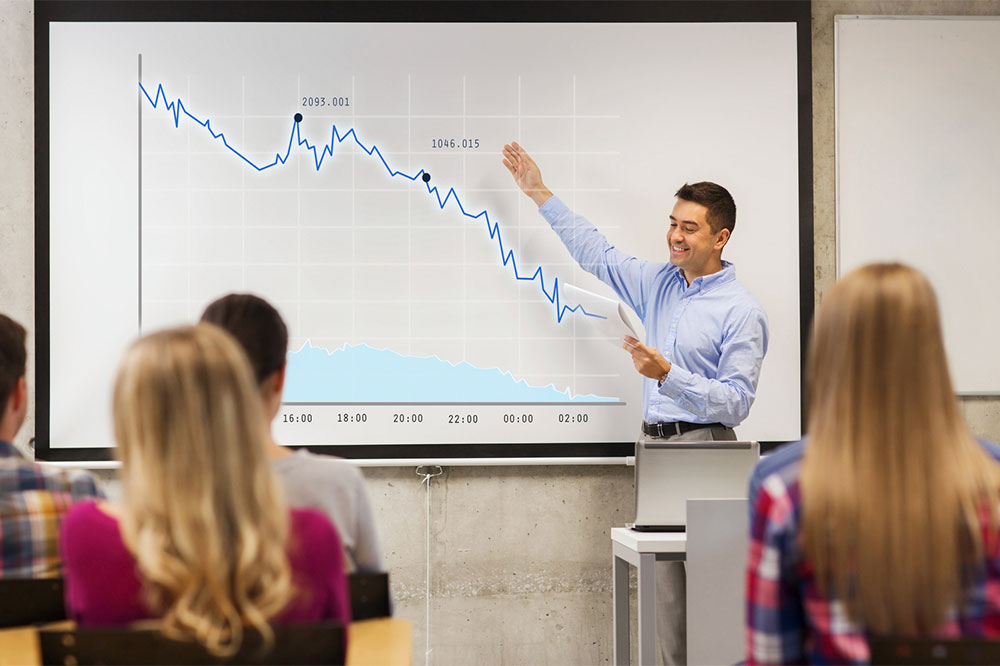Common resources used for teaching and learning
Plenty of educational materials are available, from instructional objects to stimulations and the internet. The course of study, method of study, and the goal determine the amenities used. Educational resources have evolved through the ages and are currently at their best. Various methods and amenities are available to students, trainees, and anyone willing to learn. Here are the common types of educational facilities.
What are educational resources?
The definition of such a term is much akin to that of a learning object. Learning objects are any asset, digital or non-digital, used in various methods in a learning context. Learning objects are flexible and reusable.

Types of educational resources
According to usage, the options can be of four types:
Instructional resources
Articles, seminars, workshops, and other instructional materials help mostly in self-learning. They have instructions embedded in them. For example, a webinar or seminar caters to groups on how to conduct a particular pursuit of study.
Practice resources
Practice materials are a crucial part of learning. After a certain level of understanding of a topic, practice materials help a learner identify their understanding level. Educational materials for practice are research projects, questionnaires, simulations, software, etc.
Collaborative resources
Collaborative facilities are probably the best way to learn new ideas and sync with them. Such facilities give different angles on the same topic and bring different learning perspectives. Forms, chats, meetings, and group discussions are collaborative options that are easily available.
Resources for evaluation
Online exams, tests, algorithm tests, and certification programs are common forms of facilities used to evaluate learning.
Most commonly used educational resources
The most commonly used learning materials are
Textbooks
Textbooks are integral to the teaching-learning environment. This educational resource is one of the oldest and is used by all ages. The basic framework of classroom activities is based on textbooks. The comprehensive information, chapters, and questions help learners and teachers to have a set guide to learning a subject.
Software
Software, when used for graphical representation, authoring systems, tutorials, and educational games with a great interactive interface, is helpful. Some educational software with live classrooms and interactive sessions help students to learn remotely. Software is also a great educational material for memorizing with flashcards, games, and tests.
Videos
Videos from either YouTube or other sources are great educational resources. Whether the videos are pre-recorded classes or animated representations of a subject, they can be helpful and supporting to your learning process. YouTube has millions of videos, probably on every single subject. Learning or instructional videos are the best kinds of options.
Audiobooks
Your brain remembers audio stimulation better than reading. Nowadays, audiobooks are available for free and with subscriptions as well. Apps like Audible and Kindle’s Audio Books have given the world access to thousands of audiobooks. Audiobooks are a great source of informative education for people who want to read but don’t have the time.
Documentaries
Talk about entertainment and learning together. Documentary films are great for improving critical thinking. The different types of documentary films include poetic, expository, reflexive, performative, and narrative, among many others.
News items
News items are a great little daily boost of global events, general knowledge, and social information. News items broaden your knowledge on a lot of topics. It improves vocabulary, informs the viewers or readers, and keeps them updated. For years, news items are always recommended in parallel to traditional options for learning.
Lectures
Discussions and lectures are probably the oldest forms of receiving education. The teacher-student designations came into play through lectures. Lectures are a great way to discuss preliminary ideas and create classroom management to inform and discuss a lecture. Clearing doubts in a hands-on manner is the best feature of a lecture.
Open educational resources
Free materials available in the public domain are considered open educational resources. The flexibility of these facilities makes them dynamic, sharable, and perfect for self-learning. All formats of open-source options, such as video, software, lectures, and materials, have made self-learning very easy.
Some common open educational resources are open textbooks, OER portals, OpenCourseWare, and media. While open materials are free, they are many. Using them to derive the right information can be a little confusing. Open options can be improved, improvised, and redistributed.
Educational resources are vast and various, so there are pros and cons to each one of them. Whatever methods and materials you choose as a learner, try to set it up in a framed discipline and timings. The best results come in when you use the facilities to your advantage.

